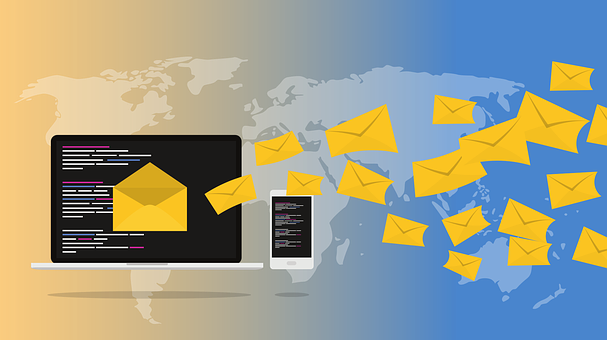Modernizing your content services strategy in three steps
Why do you have this content? That is really the first question to ask. What does it mean to your business. especially if it were lost? What processes does it drive in the business? These types of questions, when properly answered, will help develop the blueprint for the organization of the content but also the governance of retention, access and a host of other factors. This will then guide you down the path to effective Content Services.

Content takes many forms within an organization – from credit card applications to manuals, employee handbooks to product safety sheets. Content represents more than just documents; it fuels experiences, is the focal point of numerous processes, and, left ungoverned, puts enterprises at financial, regulatory, and brand risk.
Enterprises navigating their digital transformation journeys this year will need to build a content services strategy roadmap to simplify the way they manage, govern, and transform their usage of exploding content volumes. Follow these steps to overhaul your content services strategy to become a content-driven business:
While some organizations have, in large part, captured and scanned paper documents into archives, many enterprises haven’t made much of their content discoverable and actionable. File shares, SharePoint, and Teams site usage has exploded as more employees work remote. Unmanaged, the sensitive and valuable information in documents, images, spreadsheets and more on these file shares and sites contributes to productivity loss and increased risks. Organizations miss out on opportunities to glean valuable business insights from this content when its unmanaged and ungoverned.
Digitizing your content is the first key step in your content services strategy. Digitizing isn’t just the act of capturing and scanning documents into digital form. True digitizing of this information results in discovering what content exists, what it contains and understanding what value it presents to the organization. Digitizing this content extracts valuable metadata, enabling the organization to apply policies to best manage and govern the content – perhaps it contains personally identifiable information and needs to be redacted when used. This process also enables the organization to identify if content is redundant with other sources and helps to eliminate costs. Moreover, the organization can use the digitized content to automate processes, including content-rich processes involving complex interactions among humans, content, systems and processes, such as employee onboarding, compliance audits and opening a new bank account. Read On:

Comments
Modernizing your content services strategy in three steps — No Comments
HTML tags allowed in your comment: <a href="" title=""> <abbr title=""> <acronym title=""> <b> <blockquote cite=""> <cite> <code> <del datetime=""> <em> <i> <q cite=""> <s> <strike> <strong>